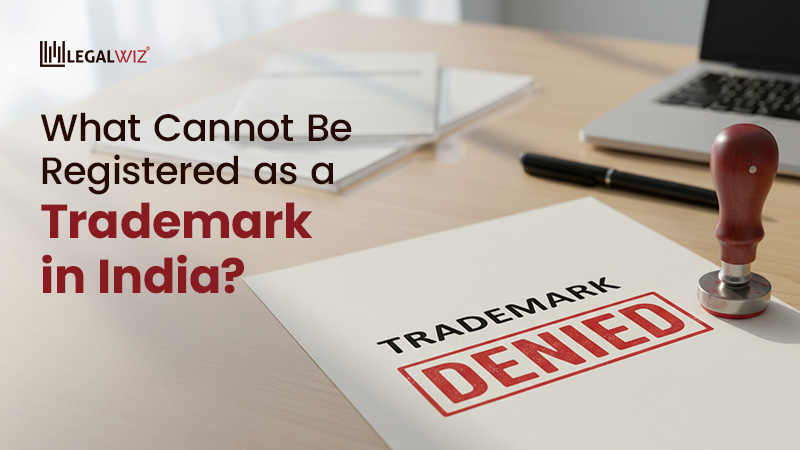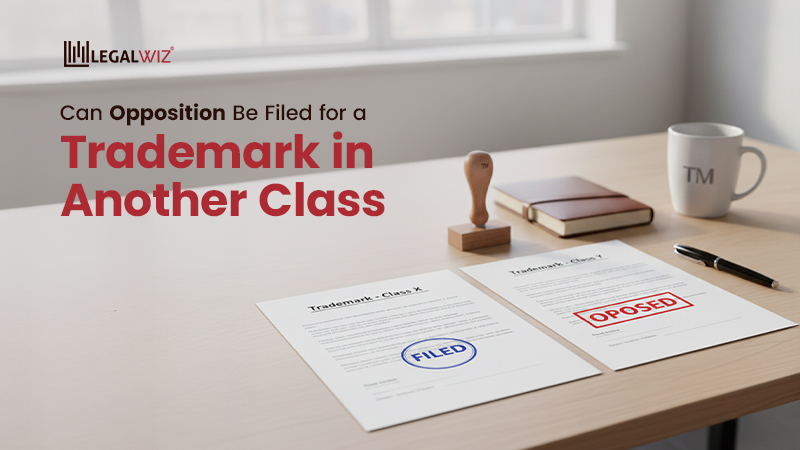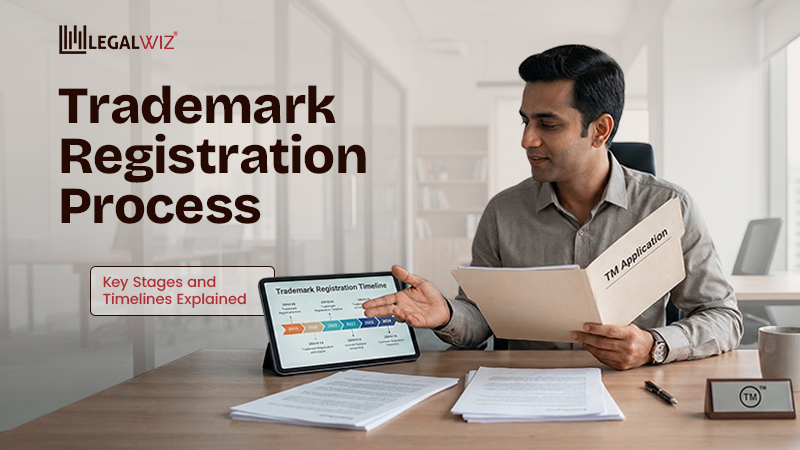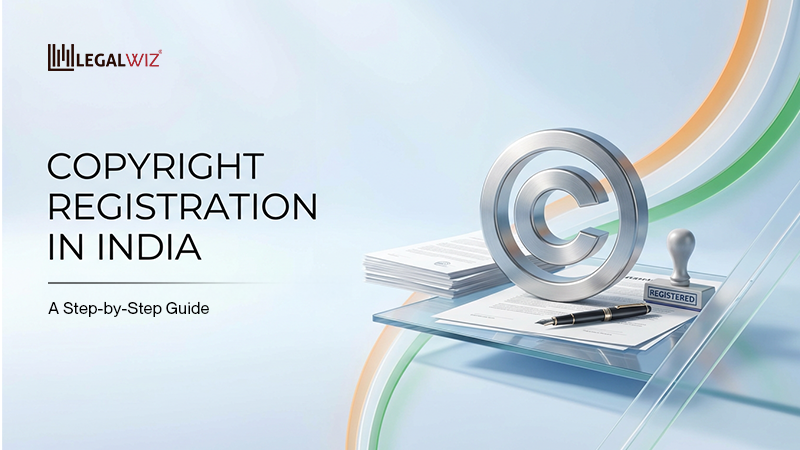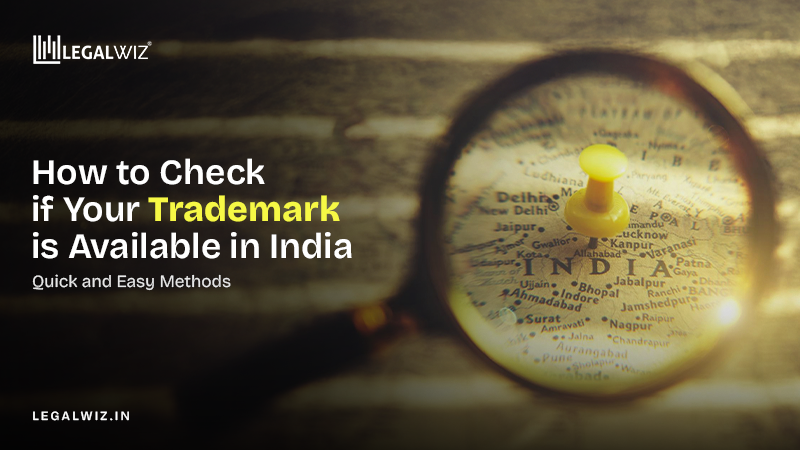Relative Grounds for Refusal of Registration of Trademark
Introduction
After submitting a Trademark application, the Trademark registry examines the application. It checks for any objections. Under certain grounds the registry can stop your trademark from being registered. There are two types of such grounds, absolute and relative grounds for refusal of registration of trademark. “Absolute grounds for Refusal of registration of Trademark ” which come under Section 9 of the Trademarks Acts. And “relative grounds for refusal of registration of a trademark”, which come under Section 11 of the Trademarks Act, 1999 (“the Act”). In this blog, we will focus on the relative grounds for the refusal of registration of the trademark. We will understand when and why an objection under section 11 gets raised, but also what to do next.
What are the Relative Grounds of Refusal
As mentioned earlier the registry may refuse to register a Trademark under two grounds. That is under absolute and relative grounds for refusal of registration of a trademark. Relative grounds for refusal of registration of trademark apply when the Registry finds an existing related mark in the Register while examining your application. The important thing to consider is that relative grounds for refusal of registration of a trademark are comparatively easier to deal with than absolute grounds of refusal. That is because you can overcome an objection raised under section 11.
Section 11 for grounds for refusal of registration of Trademark
- 11(1) states that the trademark registrar may refuse the registration of a trademark if there is already a similar or identical registered trademark for the goods and services. And that allowing registration of the new trademark will lead to confusion for the public. In simple words, if there is already a trademark that is registered for certain goods or services, the registrar will not let you register another trademark that is very similar to or identical for the same goods and service. That is because the consumer will not be able to differentiate between your brand and the brand of the other trademark easily and may confuse one brand for the other.
- Section 11(2) states that the registrar can refuse the registration of any trademark that would take advantage of a similar or identical well-known trademark. They may also refuse registration if registration may detrimentally affect the distinctive character or reputation of an already well-known trademark in India. Essentially if there is a trademark that is very well known in India, then the registrar may not allow you to register a trademark that is very similar to that well-known mark. Because the consumer may not be able to differentiate between the two brands and because of that you may be able to take advantage of the goodwill that that brand has built. Additionally, any negative action that you take could potentially harm that brand’s goodwill.
- 11 (3) states that any trademark that would be prevented by copyright law or the law of passing off will also not be allowed to be registered. The registry can refuse to register any trademark that would be banned from registration due to copyright law or the law of passing off.
What comes under Relative Grounds of Refusal of Trademark?
The scope of “relative grounds for refusal of registration of a trademark” includes the following:
- When your mark is similar to an existing mark and the goods/services are also similar to any previous existing mark;
- When your mark is similar to an existing mark, but there is no similarity between the goods and services of both the marks;
- If your mark is similar to a prior markup to the extent of creating confusion in the minds of the general public;
- When there are certain similarities to a well-known mark, and it is found by the registry that you might be trying to take undue advantage of the goodwill and reputation of the well-known existing mark;
- Relative grounds of refusal are also applicable if your mark is similar to an existing copyrighted work;
- An objection under section 11 is also valid if your mark is capable of passing off as a non – non-registered prior existing mark.
What Does Similar Existing Mark Mean?
A similar existing mark means that there is already a registered Trademark that is similar to the trademark you are applying for in the same category or related category. You can draw Trademark similarity on two bases:
1. Phonetic Similarity
Phonetics refers to the sound or pronunciation of any mark. So when two marks sound similar when pronounced, the marks become phonetically similar. Phonetic similarity plays a huge role in IP protection. That is because it might lead to confusion in the minds of the general public.
The most recent example of Infringement due to similarity in phonetics is Imagine Marketing Pvt. Ltd. vs Exotic Mile. There it was held that ‘Boult’ was deceivingly similar to ‘BoAt’.
2. Visual Similarity
You can call two marks visually similar if they are deceptively similar at first glance itself. Infringers usually opt to keep some visual similarity to existing brands they’d want to profit from. The human brain usually catches a glimpse of a branding style as a whole. That is, rather than focusing on just one word, the colours or design.
The WWF v/s WWF conflict is one of the best examples of visual similarities. It resulted in a complete re-branding of a well-known sporting event. Here’s what happened.
The Battle Between Wrestlers and Pandas!
Millennials might remember that their favourite wrestling federation was once called ‘WWF’ (Worldwide Wrestling Federation). However, a prior mark existed for a completely different WWF (World Wide Funds for Nature/World Wildlife Funds). This battle over WWF lasted for 13 years. Eventually, the wrestlers had to give up their branding and settle for a completely new one. Today we popularly know the wrestling foundation as ‘WWE’ (Worldwide Wrestling Entertainment).
3. Deceptively Similar Marks
Deceptive similarity is very contextual. According to the governing law, when a trademark in question is almost similar, or a lookalike to an existing trademark. That is to such an extent that the general audience can get confused about the relations between the two brands. Then it is said to be deceptively similar. Let’s understand this through an example. Recently, the Bombay High Court, while considering the question of deceptive similarity between Fevicol and Tikawoo. It held the following:


“Merely because Sun is shown in the background of the image of a Rhino in the impugned mark of the defendant (Chiripal), it cannot be said that there is either deceptive similarity or a case of slavish copying of the registered trademark of the plaintiff (Pidilite) or artistic work in the trademark of the plaintiff, which consists of two elephants pulling in the opposite direction with Sunset in the background,”
– Pidilite Industries Limited V/s Chiripal Industries Limited, Commercial IP Suit No. 452 of 2021
Through this judgement, the Hon’ble Court has tried to provide clarity on the concept of deceptive similarity in trademarks.
How to Overcome Objection Under Section 11
As mentioned before, it is easy to overcome relative grounds for refusal of registration of a trademark. You can also opt for our trademark objection reply services which will help you revoke the objection efficiently. Below are the points that can save your trademark application from falling under relative grounds for refusal of registration of a trademark:
1. Conduct a Thorough Trademark Search
You should always conduct a thorough trademark search. A TM Search Report shows all existing and pending marks in the Registry. With careful examination, the report can help you analyse the availability of the mark you want to opt for. If the mark you want to apply for is identical to existing marks, you can make changes before applying for registration and avoid the objection under section 11.
2. Higher Chances of Acceptance with a Logo/Device
Even if your mark consists of words that are generic or similar to existing marks, the uniqueness of the logo and colours can make a huge difference in its examination. There are instances when in a show-cause hearing the officer revokes TM objections under section 11. This decision is based on the use of the mark as “represented in its unique logo/design”.
As you can see, “Sardarbuksh” can fall under the ‘deceptively similar’ category concerning the well-known brand “Starbucks” under section 11. However, they later accepted the application for “Sardarbuksh” since changes in the logo made it unique and different.
3. Don’t apply for a general description of goods and services
It might look like a tedious task to specifically mention certain products and services from one class of trademarks. However, it is also one of the best ways to overcome the objection undergrounds for refusal of registration of trademark under section 11. The reason is that if you and the other mark (“cited mark”) are in different areas of business, then there is no chance of causing any deception to the general public.
The Charminar Case:
The Vazir Sultan Tobacco (VST) Company is a registered proprietor of the trademark “CHARMINAR” under class 34 for “Manufactured Tobacco”. Another proprietor Vishnu Das also applied for the registration of “CHARMINAR” (Device Mark) under the same class 34. However, for a different product “Quiwam.” The Hon’ble Court held that Vishnu Das had the right to register a similar mark for dissimilar products in the same class.
LegalWiz.in experts cautiously take steps to avoid objections at all costs. However, even if an examination report is issued, our team makes sure to respond in an effective way to deal with all the issues. Secure your trademark with a timely Reply to the examination report. We know how to cover the key points of the argument. Give us a call now!
Conclusion
In conclusion, navigating the relative grounds of refusal of Trademarks is pivotal in ensuring the successful registration of your trademark. It helps you get through the Trademark registration timeline quickly. This blog has shed light on the nuances of relative grounds, emphasizing their significance in protecting against existing trademarks. Understanding the scope of relative grounds, encompassing phonetic and visual similarities is essential for applicants.

Diksha Shastri
As a writer, Diksha aims to make complex legal subjects easier to comprehend for all. As a Lawyer, she assists startups with their legal and IPR drafting requirements. To understand and further spread awareness about the startup ecosystem is her motto.

